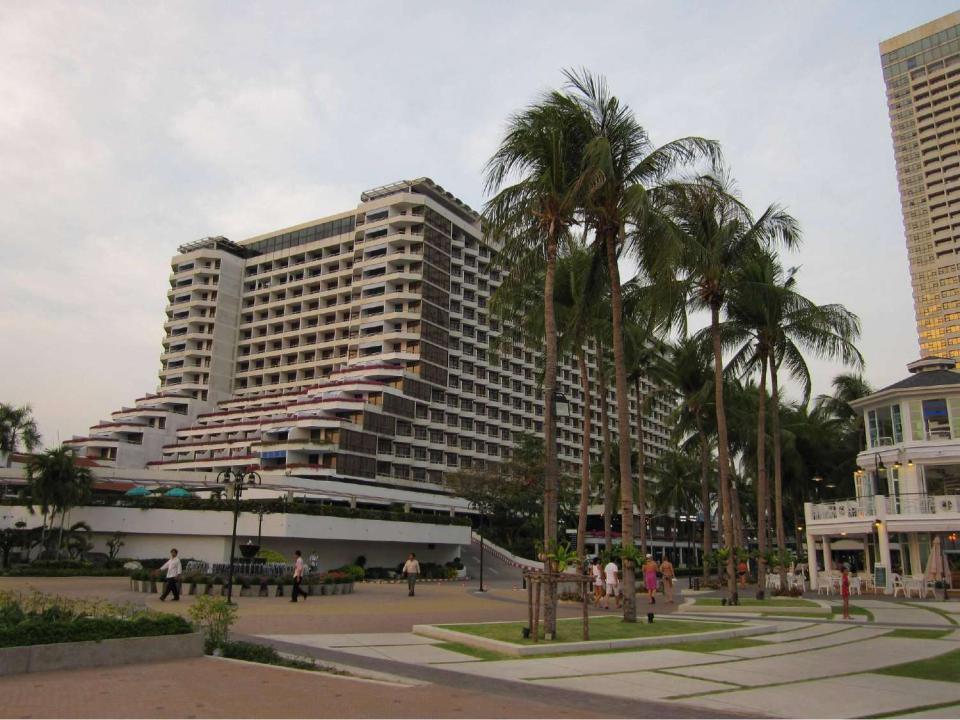
11104
.pdfThe outputs from the passenger elevators are required to design through
the elevator lobby. The width of the elevator hall must be:
—for single-row elevators: not less than 2.0 m - for the depth of the elevator cab up to 1500 mm; not less than 2.5 m - for the depth of the elevator cab from 1.5 to 2.0 m; not less than 1.3 m-for the depth of the elevator cab over 2.0 m;
—in a two-row arrangement with a common elevator hall —not less than twice the smallest depth of the cabin, but not less than 5.0 m. In all
buildings whose premises located above the first floor are intended for use
by disabled people on the roof-in wheelchairs, elevators should be
provided, the cabins of which should have dimensions of at least: width
1.5 m; depth 1.7 m; width of the doorway 0.95 m.



Structurally, elevators include the construction part: elevator the shaft and the engine room — and the mechanical part: the lifting mechanism, the cabin and the counterweight. The enclosing structures of elevator shafts can be made of bricks, prefabricated and monolithic reinforced concrete structures, and metal. Currently, elevators with both the upper and lower location of the machine room are performed. Elevator shafts and machine rooms should not be adjacent to a room with a permanent presence of people.
Distance from the door of the most remote room to the door the nearest passenger elevator should not be more than 60 m. Different elevator layouts are possible: single-row, multi-row, perimeter, island.
In the basement and basement floors, the exits from the elevator shafts should be provided through the vestibule-locks with air supply in case of fire.
It should be remembered that when calculating escape routes, elevators are not taken into account.
ESCALATORS
Escalators are inclined moving stairs with a large capacity. There are
two types: mounted on smoke breaks and on separate foundations.
The height of the steps of the escalator200 mm, width 400 mm, slope 30°. Escalators should be provided in accordance with the requirements established for internal open stairs.
Travolator — a moving sidewalk, a moving stepless path that allows you to speed up or facilitate the movement of pedestrians.
Escalators and travelators are widely used at metro stations, in railway
station buildings of all types of transport, at airports, as well as in large
shopping centers, business centers and exhibition halls for the
organization of communications.


FIRE SAFETY REQUIREMENTS.
ESCAPE ROUTES
The buildings must be provided with structural, space-planning and engineering solutions that provide in the event of a fire:
—the possibility of evacuating people, regardless of their age and physical condition, outside to the territory adjacent to the building (hereinafter — outside) before the threat to their life and health due to the impact of fire hazards;
—the possibility of saving people;
—the ability to access the personnel of fire departments and supply fire extinguishing equipment to the fire center, as well as to carry out measures to save people and property;
—non-proliferation of fire on nearby buildings, including the collapse of a burning building;
—limitation of direct and indirect material damage, including the contents of the building and the building itself, with an economically reasonable ratio of the amount of damage and the cost of fire protection measures, fire protection and its technical equipment.
The fire resistance indicator is the fire resistance limit, the fire hazard of the structure is characterized by its fire hazard class. The limit of fire resistance of building structures is set by the time (in minutes) of the occurrence of one or several signs of limit states normalized for this structure: loss of load-bearing capacity; loss of integrity; loss of thermal insulation ability.
Class of structural fire hazard of buildings, structures and fire compartmentsclassification characteristics of buildings, structures and fire compartments, determined by the degree of participation of building structures in the development of fire and the formation of fire hazards (C...).
According to the fire hazard, building structures are divided into four classes: non-flammable; low-flammable; moderate fire hazard; fire hazard.
Buildings are divided by degrees of fire resistance, classes of structural and functional fire hazard. The degree of fire resistance of a building is determined by the fire resistance of its building structures.
